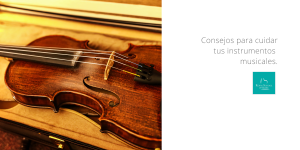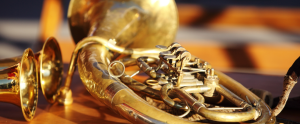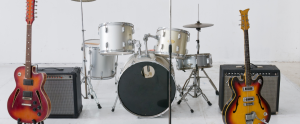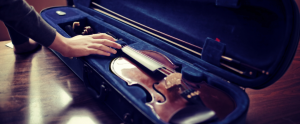How to Look After Your Musical Instrument

When we buy a musical instrument, we should understand that it is a rare and special object which needs to be carefully treated and looked after.
Many instruments are handcrafted and of a high quality that can be used and appreciated for many years if we learn to care for them correctly.
In today’s post we want to explain in detail how to take care of your musical instruments so they preserve their beauty and sound and can be enjoyed for a long time.
Some instruments, such as exclusive Stradivarius violins or the Bonjour cello, that have been well taken care of and conserved have become collector’s items.
There are three keys to correct instrument maintenance.
If you follow these steps, you will ensure your investment remains in the best working order for as long as possible.
Cleaning:
A newly purchased instrument will arrive in pristine condition, however, after continuous use, it will need to be periodically cleaned. Different instruments will require more or less frequent cleaning.
Also, the type of dirt to be removed, which can be dust, sweat or saliva, in the case of wind instruments, will also influence your cleaning routine.
Cleaning the instruments is essential so that they sound good and so that their structure does not deteriorate.Ideally each part or piece should be taken apart and cleaned separately.
In the case of the brass and wind family, you should use soaps and specifically formulated products with water.With violins, cello or viola it is advisable to use specific products that do not contain alcohol and try to avoid applying the liquid directly on the instrument itself.
A specialised establishment, or the shop where you bought the instrument, will advise you on the best products and procedure for sanitisation.

Maintenance:
It’s relatively easy to find a lot of information about how to play an instrument, but little, or very little, about how to maintain it.
Each material: varnished wood, metal, strings has different and unique maintenance requirements. If you recently bought an instrument, and you need to know in detail how to maintain it to the same quality as the day it was bought, keep reading…

The most important, and at the same time simple and basic, aspects are to keep the machinery (cylinders, pistons and pumps) well lubricated, as well as a more superficial interior and exterior clean.
This exterior maintenance can be done at home without the instrument suffering any damage.
However, it is highly recommended to go at least once a year to a specialised workshop where professionals will carry out a more exhaustive review and clean.
When an instrument needs repair, we at Royal Music School always advise our students and their parents to go to a centre where experts, who know the instruments in depth and have the specific tools necessary , can carry out the work.
Protection and transport:
We have already reached the third and last key and this refers to the correct way to transport our instrument.
When you buy an instrument, it should normally come with it’s own carry case, which will undoubtedly be the most appropriate way to take it from one place to another.
Although many people opt for lighter, less bulky or cumbersome covers, problems can arise if the instrument does not fit or have sufficient protection against external factors, such as humidity, friction or even bumps.
We recommend that when carrying your instrument you always do so with a cover or case made specifically for its characteristics and size. And at home….

Once at home,
where we may practice for hours, it is also important to know the best way to keep them and which are the best accessories to prevent them from getting dirty or damaged.
If you like to have your instrument on display and have it out of its case, it is best to find a good support, which acts as a stable base and prevents it from falling.
As for keyboards or pianos, most have their own key cover, which will prevent dust or dirt from accumulating when it is not being used. If not, most musical shops sell them.
The same applies to a battery.
There are covers that will cover and protect it and are undoubtedly a good investment that will ensure the long life of your instrument.
At Royal School of Music we are knowledgeable about all different types of instruments and we are here to help you with everything you need, so if you have any questions about the care of your precious instrument, do not hesitate to contact us

